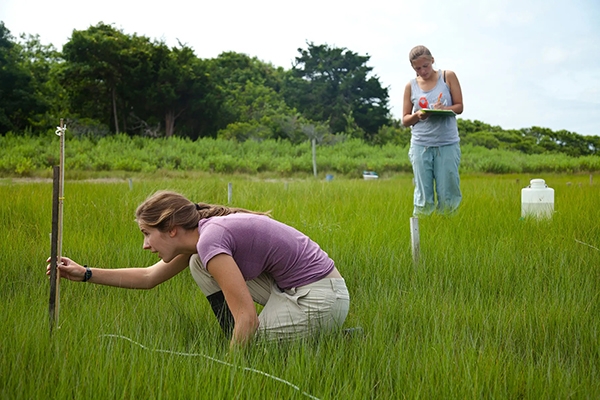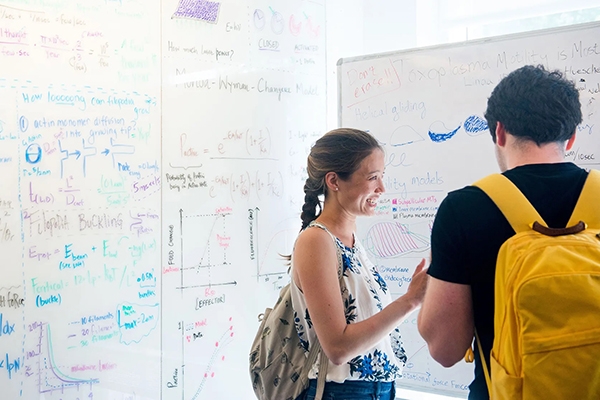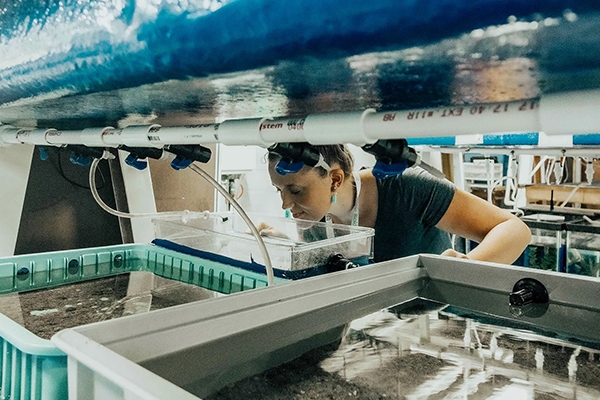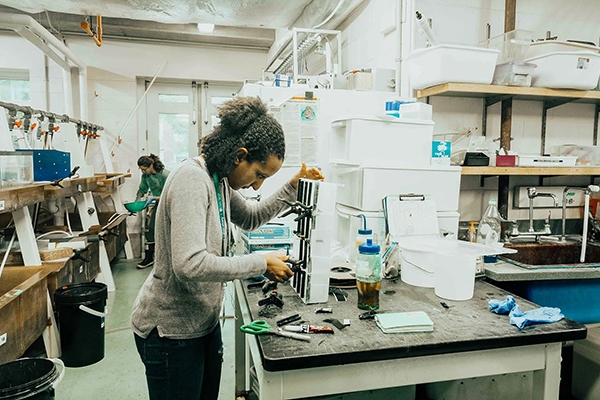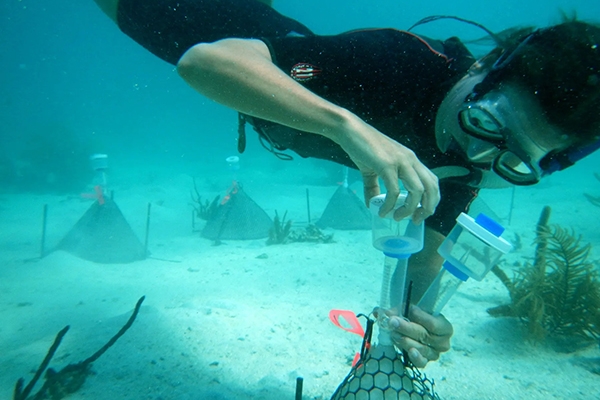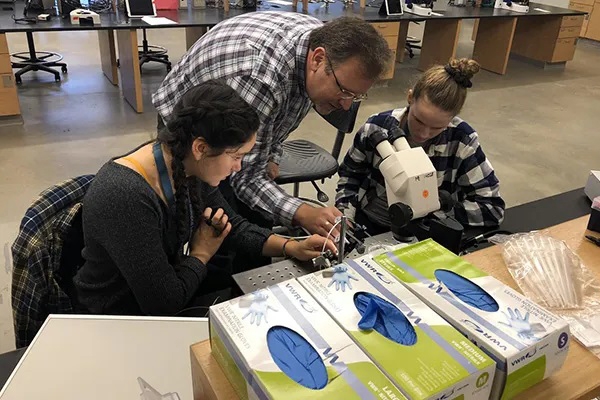Celebrating Women in Science at MBL and Beyond

The Marine Biological Laboratory has always been a unique institution—it’s part of the “MBL magic” that many scientists and students talk about every year. Its founding was no exception. When the MBL was founded in 1888, it was unusual for its time in that it encouraged women students of science to apply on an equal footing with their male peers.
In the more than a century since, the MBL has had some ups and downs regarding women in science—the years between 1910 and 1970 saw a lull in female admissions—but has made great strides in the last 60 years in making the institution a place where everyone can study and thrive, regardless of gender.
In a world where fewer than 30% of science jobs are filled by women, we’re proud that 53% of MBL employees (and 48% of our resident scientists) are women.
MBL's Women at Work
Other Notable Stats
- Of the 524 graduate and post-graduate students who studied at MBL in 2019, 57% were women.
- 68% of last year’s undergraduate and high school interns were women.
- In 2019, 81% of the enrollees of MBL’s new High School Science and Discovery Program were young women.
Woman-led Science in the News: 2019 Edition
Getting the Microbe Story, Straight From the Mouth | Knowable Magazine
How Do Storms Impact The Ocean: Hurricane Nicole Shows The World How | The Science Times
Here's What The New U.N. Report On Oceans And Ice Means For New England | WBUR
Tackling Microplastic Pollution in Waquoit Bay | Cape Cod Times
Closing Out The Cephalo-Party | Science Friday
What We Can Learn From the Regeneration Powers of Worms | WCAI
Study identifies gene partner associated with spinal cord regeneration | The Week
MBL’s Women-Heavy History
During its long history, the MBL has been a source of inspiration for generations of women in science—from Cornelia Clapp, who helped found the institution, and Rachel Carson, the mother of the modern environmental movement, to the thousands of female students who have studied in Woods Hole during the last 132 years.
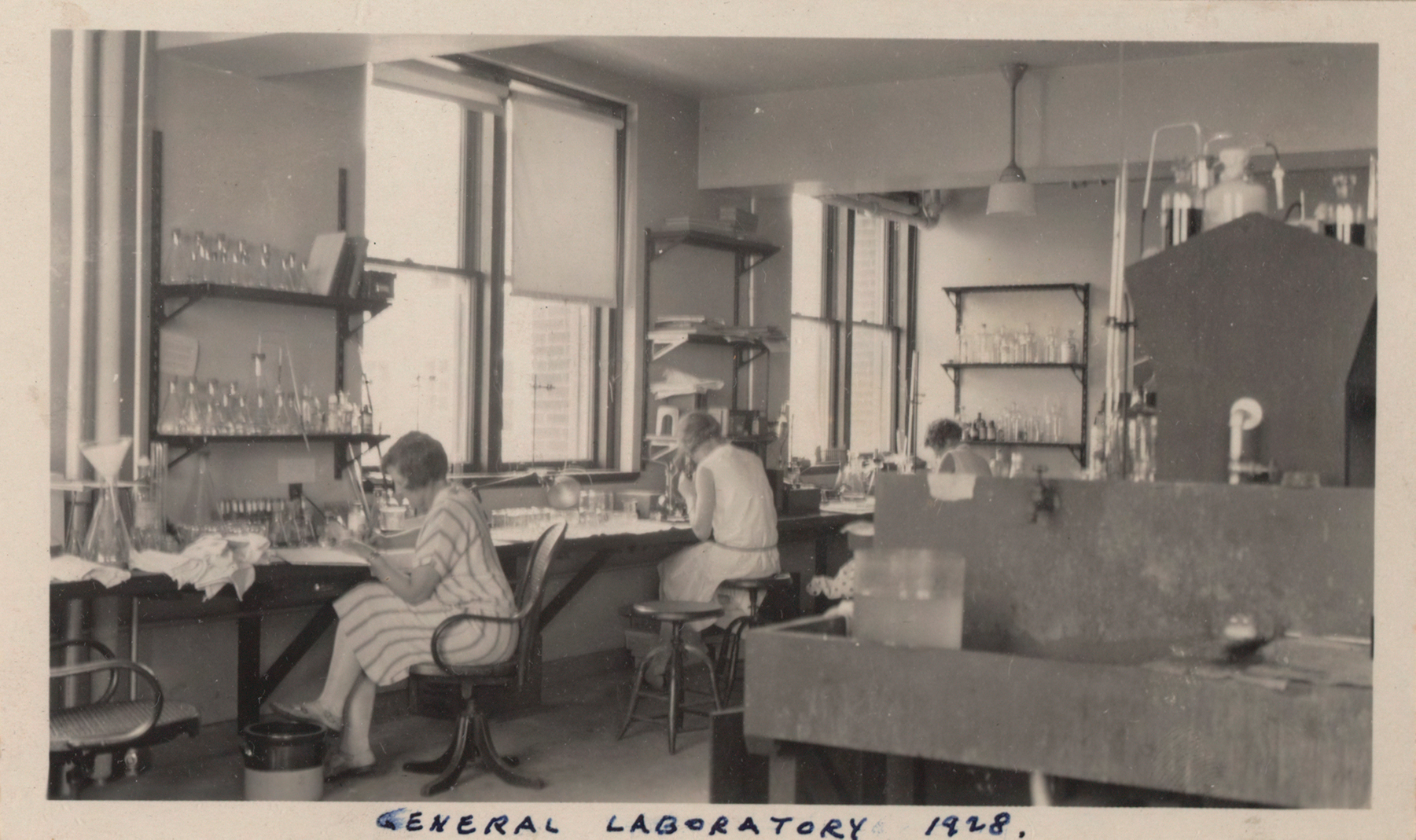 Women in an MBL Lab, 1928. Credit: MBL History Project
Women in an MBL Lab, 1928. Credit: MBL History ProjectFrom 1888 to 1910, women came to the MBL as students and investigators—many of these women were teachers in secondary schools. About one-third of the classes in advanced scientific studies were composed of women who came from across the United States to study in Woods Hole. In the Botany and Embryology courses, more than half of the students were women.
Science and scientific discovery belong to everyone, women and men, and at the MBL, we are working hard to create an inclusive environment for scientists, students, visitors, and fellows alike.
